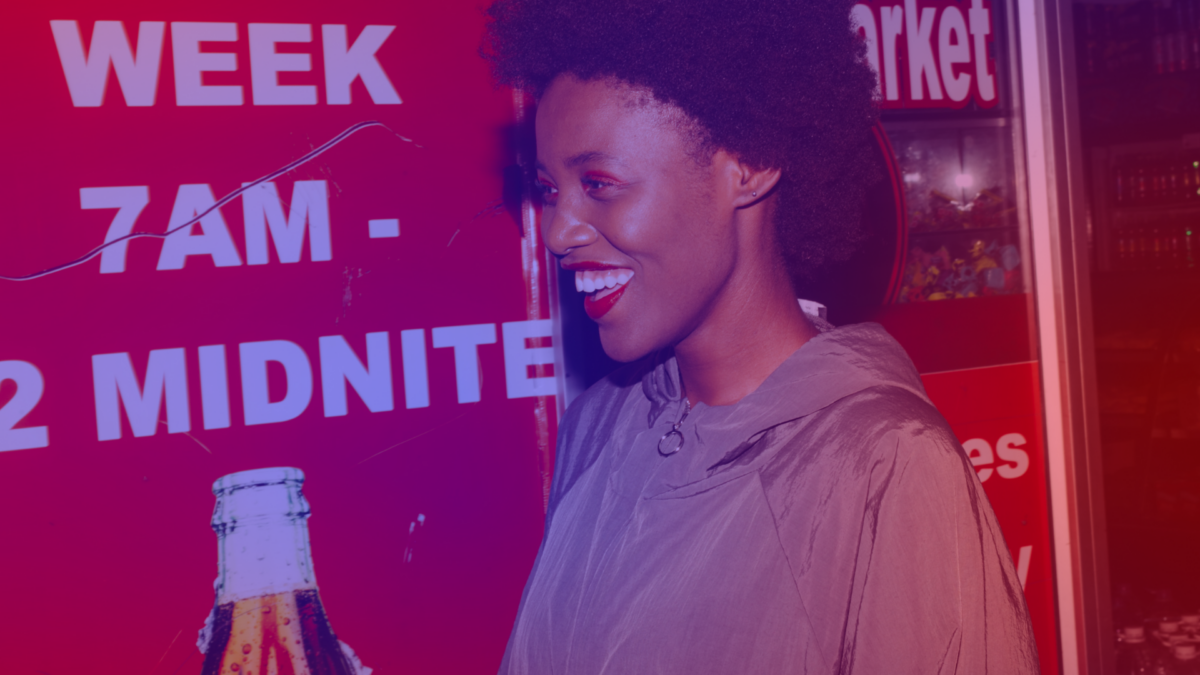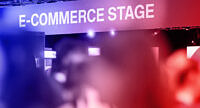Emotional Advertising: How German Brands Can Move Consumers Again
While Cannes Lions 2025 has praised the use of emotional appeal in advertising alongside principles and creative impact, German marketing tends to lack passion. A recent study by Kantar and DMEXCO indicates that we need emotional advertising – now.

Emotional advertising in the industry spotlight – and what needs to happen now
Cannes in June – the place to be for the best in the creative industry. While the Cannes Lions International Festival of Creativity celebrates bold brand communication, an analysis of German campaigns paints a different picture: Emotional advertising is vastly underrepresented. And that has consequences – for ROI, for brand value, for relevance.
A new study from Kantar and DMEXCO has now provided the figures to back this up. And it makes it crystal clear that “Made in Germany” can only be a mark of quality in advertising if German brands have the courage to produce emotional campaigns.
Emotions in advertising work – the figures prove it
In the study, German marketers were asked about factors that contribute to the success of effective campaigns. According to 63 percent of respondents, creative quality has grown in importance. Yet at the same time, almost half are still unsure if they’re striking the right balance between performance marketing and long-term brand development.
The most significant weakness, however, is found elsewhere: Emotional advertising is 20 percent less common in German campaigns than in other European markets. Instead, rational messages dominate: product features, figures, recommendations – in short, nothing that tugs at the heartstrings.
This remains the case despite it being clear for some time now that emotions in marketing significantly increase brand value. According to Kantar, emotional campaigns increase future brand demand by 61 percent and boost engagement by 50 percent. Emotional advertising isn’t simply a nice-to-have – it drives ROI.
Three underrated factors influencing advertising impact
Alongside emotion as a key driver of advertising effectiveness, the study identifies three other factors that are greatly undervalued in the German market:
#1 Local insights: Only 18 percent of respondents think this factor is relevant, yet it increases cultural relevance and a sense of familiarity.
#2 Consistency in brand communication: Just 10 percent consider this important, despite the fact that it directly contributes to recognition and trust.
#3 Portrayal of diversity: Only 5 percent of marketers believe this is significant, even though it fosters identification within a diverse target group.
Together, these factors can increase advertising impact by up to 40 percent. But it seems that they too often disappear into the drawer marked “theory” instead of being brought to life in bold concepts.
Emotional advertising in practice: Henkel sets an example
The campaign launched in 2024 for Henkel’s Schwarzkopf LIVE brand showcases how emotional advertising made in Germany can work. Instead of focusing solely on the benefits of the product, the campaign tells stories. One example features 87-year-old Sheila, who dyes her hair pink to be seen.
The result? A 90 percent recommendation rate, purchasing intentions above the benchmark and a measurable increase in brand value. Katja Keulertz, Senior International Brand Manager at Henkel, sums it up:
“Emotions have become a key driver of our success.”
The campaign is a great example of what many German brands aren’t daring to do (yet): Show that they’re approachable. Stand up for what they believe in. Tell stories that leave a lasting impression.
Advertising “made in Germany”: the gap between aspiration and reality
In the manufacturing industry, “Made in Germany” stands for quality. It should mean the same thing in the advertising sector, with the addition of principled creativity. However, the study reveals that there’s a gap between international aspiration and national reality: too much reason, too little relevance.
Verena Gründel, Brand & Communications Director at DMEXCO, puts it in a nutshell: “We need to leave the engineer’s mindset behind and move toward brands that trigger an emotional response.”
This also means taking creative risks instead of clinging to mediocrity. In the words of Christoph Weber, former CMO of Bitburger:
“There’s no greater waste in marketing than being boring – and nothing more costly.”
Emotional advertising: Now is the time to be bold
Emotional advertising isn’t a trend. It’s the foundation of effective brand communication in a crowded market. As well as providing insights, the study from Kantar and DMEXCO also sends out a clear call to take action: Express more emotion, adopt stronger positions and be more courageous.
Or, to quote this year’s DMEXCO motto:
Be bold. Move forward.
Don’t miss any important news from the world of digital marketing, both nationally and internationally! Subscribe to the new DMEXCO newsletter “Digital Digest” and receive the latest information directly in your mailbox every Monday, Wednesday, and Friday.






